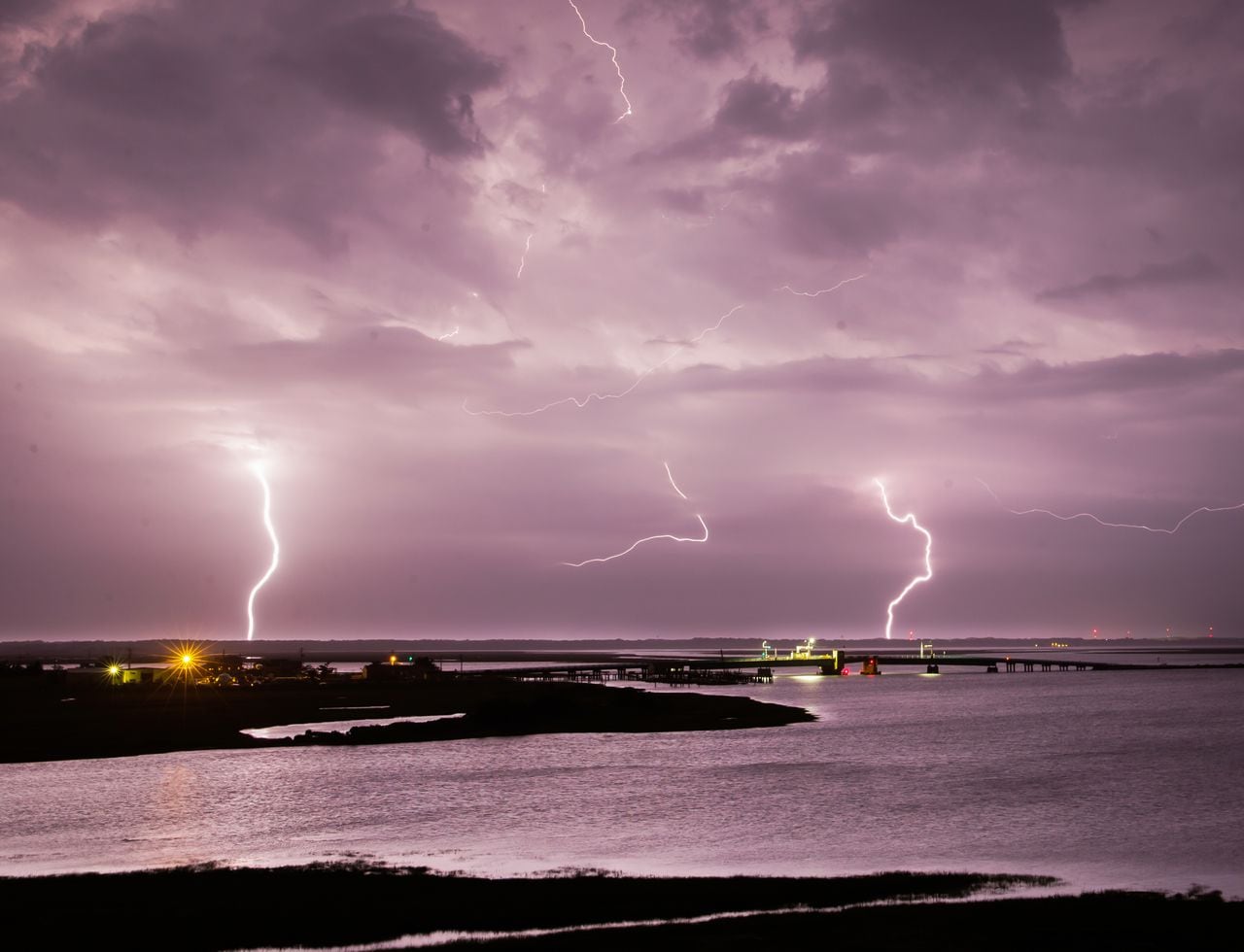Potential Flood Alerts: A Guide To Understanding And Responding To Flash Floods

Table of Contents
Understanding Potential Flood Alerts and Warning Systems
Effective response to flash floods begins with understanding the alert system. Knowing the difference between various alerts and how to interpret weather data is paramount to staying safe.
Different Types of Alerts
Different alert levels indicate varying degrees of flood risk. It's crucial to understand what each means:
- Flash Flood Watch: Conditions are favorable for flash flooding to develop. Be prepared to act quickly if flooding is reported. Monitor weather reports closely.
- Flash Flood Warning: Flash flooding is occurring or is imminent. Take immediate action to protect yourself and your property. Evacuate if instructed to do so.
- Flash Flood Advisory: Be aware of the potential for flash flooding. While not as urgent as a warning, remain vigilant and monitor weather conditions.
These alerts are issued by various sources, including the National Weather Service (NWS), local news channels, and weather apps like AccuWeather or The Weather Channel. Make sure you have multiple sources for receiving timely information.
Interpreting Weather Forecasts and Data
Understanding weather forecasts is critical for anticipating flash floods. Several key indicators signal a high risk:
- Heavy rainfall: Prolonged or intense rainfall, especially over saturated ground, significantly increases the risk of flash flooding. Pay close attention to rainfall rates reported in forecasts.
- Thunderstorms: Severe thunderstorms can produce torrential rainfall within a short period, leading to rapid rises in water levels.
- Saturated ground: When the ground is already soaked from prior rainfall, it cannot absorb additional water, increasing runoff and the likelihood of flash flooding.
Rainfall rates are often reported in inches per hour. Higher rates (e.g., 2 inches per hour or more) indicate a significantly heightened risk. Similarly, river and stream levels reported in forecasts provide crucial information about the potential for flooding. Radar imagery can show areas experiencing heavy rainfall, but remember it has limitations; it might not always capture sudden, localized downpours that cause flash floods.
Creating a Personal Flash Flood Preparedness Plan
Proactive planning is key to surviving a flash flood. This involves identifying risks, developing an emergency plan, and taking steps to protect your property.
Identifying High-Risk Areas
Determine if your home or workplace is in a high-risk area. Flash flooding is particularly common in:
- Low-lying areas: These areas are naturally prone to accumulating water.
- Near rivers and streams: Areas close to waterways are at increased risk of rapid water level rises.
- Canyons and gorges: These areas can channel large volumes of water quickly.
Consult local flood maps and historical flood data to assess your specific risk. This information is often available online through your local government's website or the FEMA website.
Developing an Emergency Plan
A well-defined plan is crucial. This should include:
- Go-bag: Prepare a bag with essential supplies such as water, non-perishable food, a first-aid kit, medications, important documents (identification, insurance information), and extra clothing.
- Communication plan: Establish a contact person outside the affected area and agree on a meeting point.
- Evacuation routes: Identify multiple escape routes from your home or workplace, considering potential road closures.
Practice your plan regularly with your family to ensure everyone knows what to do.
Protecting Your Property
Taking preventative measures can minimize flood damage:
- Flood barriers: Install flood barriers around your home or property to prevent water from entering.
- Elevate electrical equipment: Move electrical appliances, electrical panels and heating systems to higher levels to protect them from flood damage.
- Improve drainage: Ensure proper drainage around your home to divert water away from your foundation.
- Flood insurance: Purchase flood insurance, which is often not included in standard homeowner's insurance policies.
Responding to Flash Flood Warnings
When a flash flood warning is issued, immediate action is crucial.
Immediate Actions
- Evacuate immediately: Do not hesitate. Follow instructions from emergency officials and evacuate to higher ground.
- Avoid driving through floodwaters: Even seemingly shallow water can sweep a car away. Turn around, don't drown.
- Seek higher ground: Find a safe, elevated location until the danger passes.
Actions After the Flood
Once the immediate danger has passed:
- Assess damage: Carefully check your home and property for damage, avoiding areas with standing water or damaged structures.
- Contact insurance: Notify your insurance company as soon as possible to begin the claims process.
- Seek assistance: Contact local authorities or emergency services for assistance with cleanup and recovery efforts.
- Safe cleanup: Be cautious when cleaning up after a flood. Mold and bacteria can grow quickly in floodwaters, so wear protective gear.
Conclusion
Understanding potential flood alerts, creating a thorough preparedness plan, and responding effectively to warnings are vital steps in protecting yourself and your family from the devastating effects of flash floods. Remember the key takeaways: recognize the different alert levels, identify high-risk areas, develop an emergency plan including a go-bag and evacuation routes, and know what to do when a warning is issued. Don't wait for a potential flood alert to strike; take control and create your family’s flash flood preparedness plan today. Your safety depends on it!

Featured Posts
-
 Flash Flood Emergency Heavy Downpours Soak South Florida
May 26, 2025
Flash Flood Emergency Heavy Downpours Soak South Florida
May 26, 2025 -
 Laurence Melys La Touche Feminine Sur Rtl Cyclisme
May 26, 2025
Laurence Melys La Touche Feminine Sur Rtl Cyclisme
May 26, 2025 -
 Herzliyas Salon Yevani A Restaurant Review
May 26, 2025
Herzliyas Salon Yevani A Restaurant Review
May 26, 2025 -
 The Pilbara Debate Rio Tintos Response To Wasteland Claims
May 26, 2025
The Pilbara Debate Rio Tintos Response To Wasteland Claims
May 26, 2025 -
 Hells Angels New Business Model Insights From Mandarin Killings
May 26, 2025
Hells Angels New Business Model Insights From Mandarin Killings
May 26, 2025
